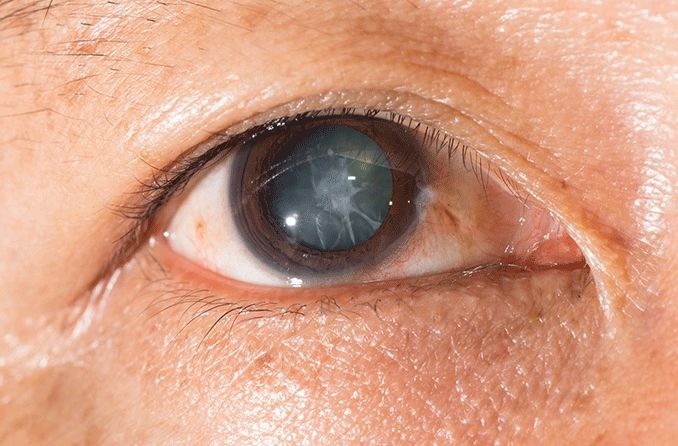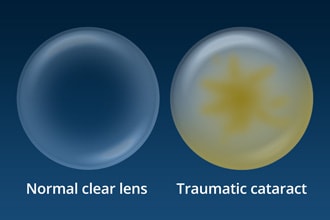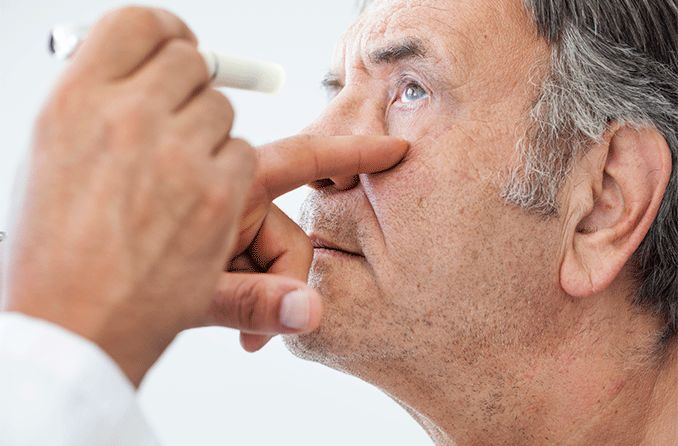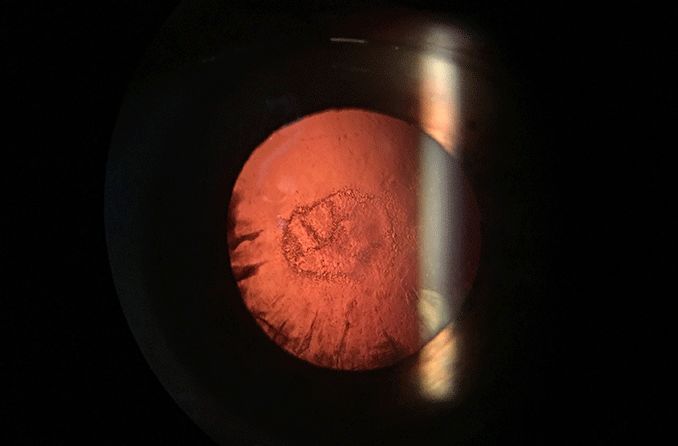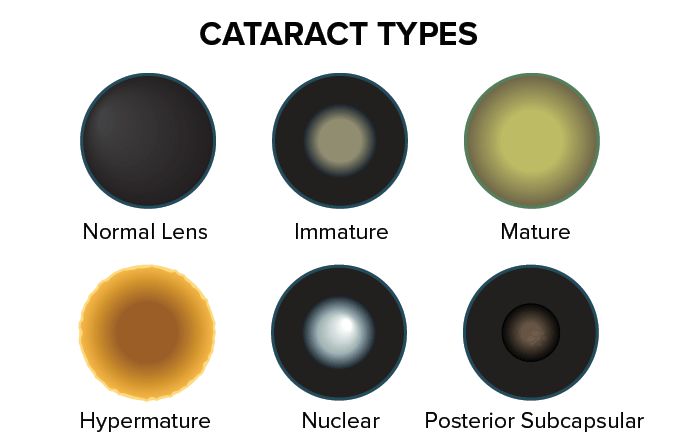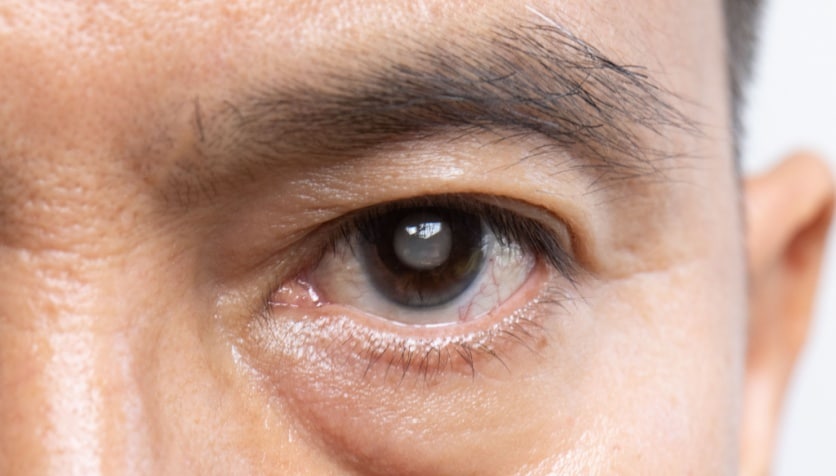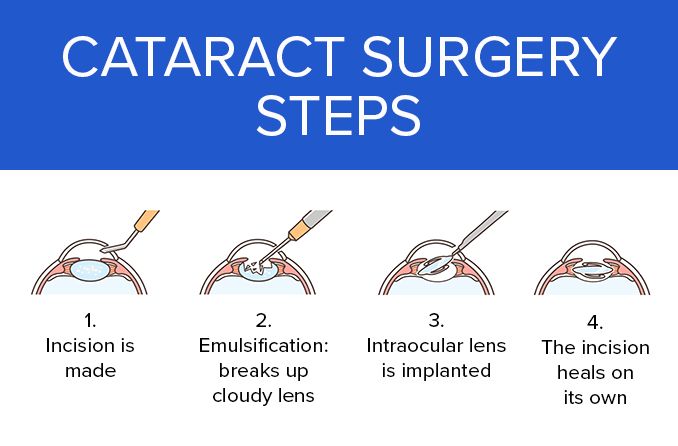How is a traumatic cataract treated?
A traumatic cataract is treated like any other cataract. If it is small, stable or outside the main line of vision, it may be observed by the doctor through follow-up visits. If it is close to the center of vision, eye drops to enlarge the pupil may help improve vision. Occasionally a mild traumatic cataract will heal on its own, especially in children.
If the cataract must be removed, the clouded lens will be extracted surgically and replaced with a clear artificial lens.
Usually a new, artificial lens is implanted at the same time the cataract is removed. However, if an eye injury is extensive, a surgeon may choose to wait until the eye has healed before implanting an artificial lens. Waiting may also make it easier to determine the correct focusing power for the new lens.
If there are other eye injuries that can be treated at the same time, the eye surgeon will repair those as well. If the other eye injuries are severe, they will be treated first, and the cataract will be removed after the eye has healed.
